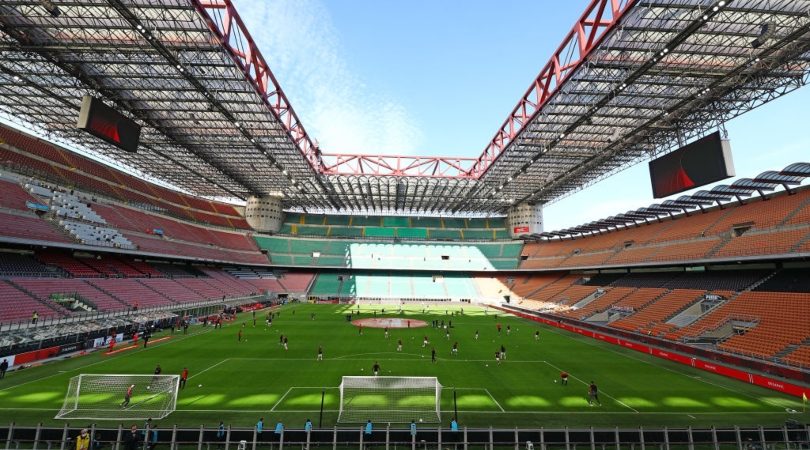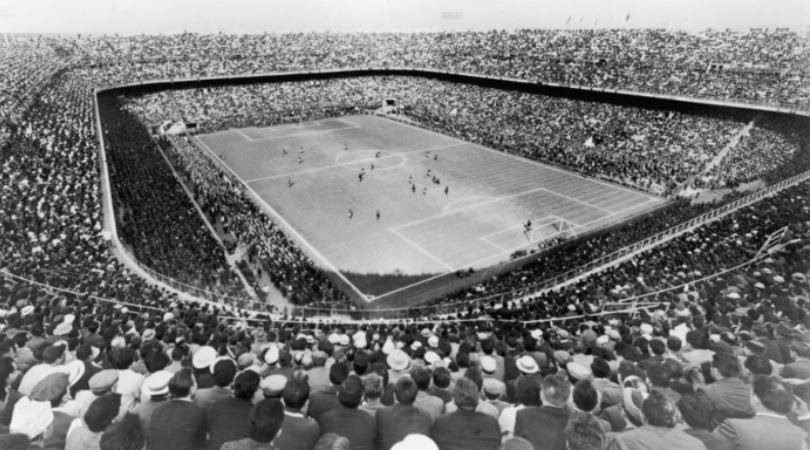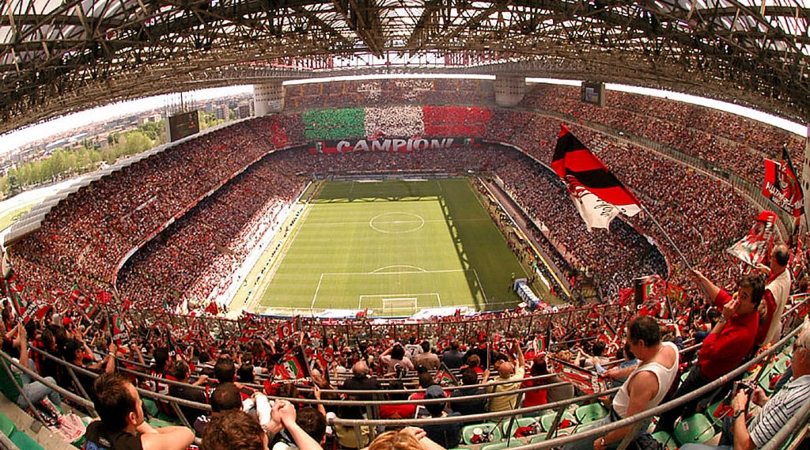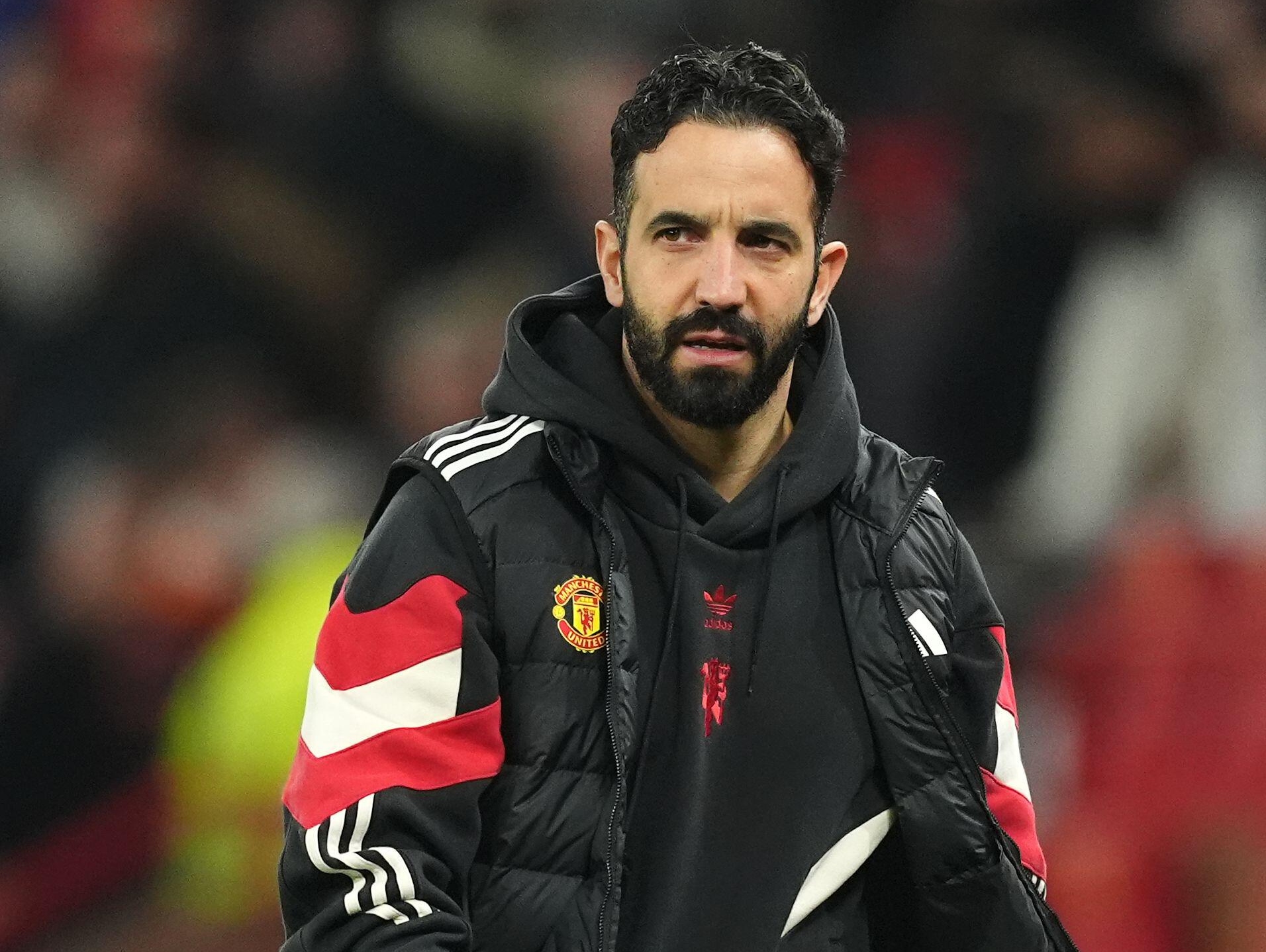Why do AC Milan and Inter Milan want San Siro demolished?
AC Milan and Inter Milan could be bidding farewell to their iconic stadium in the near future, and there are a multitude of reasons at play
San Siro, or the Stadio Giuseppe Meazza, if you want its proper title, is one of the most iconic football grounds in the world, and is quickly approaching 100 years since its construction in 1925.
Home to both AC Milan and Inter Milan, San Siro has stood the test of time, hosting games at the 1934 and 1990 World Cups, four European Cup finals and three 1980 European Championship fixtures.
However, there's a risk that the two sides will demolish the fabled stadium in favour of their own, separate homes. Italy’s undersecretary for culture, Vittorio Sgarbi, said earlier this year that an injunction would be granted against the demolition of San Siro, but why are the two sides so keen on moving out?
The basic argument is as follows: in order to keep up with their European competition, Milan and Inter must increase their incomes. To do this, both clubs need a new stadium. Either they demolish and rebuild at San Siro, or they leave and build elsewhere – in which case, the current ground will probably have to come down anyway, as it can hardly be left standing around in decay.
Plans to raze and replace this stadium have been circulating for years. So, what’s taking so long? Will they, won’t they, and why? In search of answers, FFT travelled to Milan for a tale of footballing royalty and architectural majesty, of political gridlock and bureaucratic inertia, of burning mopeds and, inevitably, Silvio Berlusconi. We’ll tackle questions and raise many others, in pursuit of an answer to the toughest one of all: how do you solve a problem like San Siro?

In 2022, Milan were bought by US-based investment group Redbird Capital. The €1.2 billion price tag was a record for a European football club outside the Premier League. The prospect of a new stadium, with all of its attendant money-making potential, made up a sizeable part of the project – and the owners now want to push on with what they paid so much for. They have no tolerance for dithering or delay.
“They have knowledge and knowhow about building stadiums,” Alessandro Jacobone, a red-and black-blooded reporter who runs a Milan fan club and dedicates his life to following the team, told FFT
Get FourFourTwo Newsletter
The best features, fun and footballing quizzes, straight to your inbox every week.
"And they’re American: time is money.
"I have a heart that beats for San Siro. I grew up here back in the days before the third tier and the roof. But the future of Milan must come first.”
Redbird Capital want to make money from sellable naming rights, lucrative concessions, hospitality lounges, offices, concerts and NFL games – revenue streams of which the existing stadium offers next to none.

San Siro in its current form certainly isn’t swamped by amenities. Inside and out, there is very little to be found in the way of comfort or commerce. The barren landscape that surrounds the ground is only punctured on matchdays by burger vans and people selling scarves and souvenirs.
“It’s a monument languishing in the middle of nowhere,” Jacobone explained, gesturing into the void in front of the stadium.
There are no cafés, no shops, no restaurants. Crucially for Jacobone, there isn’t even a crèche.
“You can come here to see the match, but if you have your wife and kids, there’s nowhere for them to spend time waiting for you to watch the game,” he lamented.
Luciano Mondellini, editor of Italian football and finance journal Calcio e Finanza, summarises the situation well: “It’s very, very complicated.”

In a story of so many lasting uncertainties, here are a selection of straightforward facts. The stadium will host the opening ceremony at the Winter Olympic Games in 2026.
The current lease deal between the city and the two clubs – the basis for Milan and Inter tenancy at San Siro – expires in 2030. There is a great number of possible endings to this palaver, plenty of which are plausible, and many of which involve a gloomy climax for Stadio Meazza.
Nothing is settled yet, but dark clouds are forming over San Siro and time is not on the stadium’s side. If you’ve never been, go soon. The future of a footballing icon is hanging by a thinning thread.
- Ryan DabbsStaff writer
